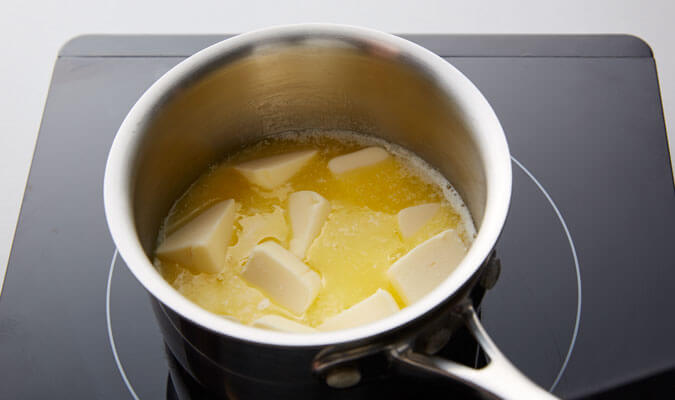

So, while the two have a lot of commonalities, what we’re really here for is how they actually differ: (If you’re worried about saturated fat’s supposed link to heart disease, read here for more on the diet-heart myth.) What is the Difference Between Ghee and Clarified Butter? Lastly, since ghee and clarified butter are primarily made up of saturated fat, they’re more stable and less likely to oxidize while cooking, making them a superior choice to almost all vegetable oils.

Like butter, they contain conjugated linoleic acid (CLA), a fat that may help with fat loss, may be anti-inflammatory, and can benefit heart health. They also have butyric acid and other short-chain fatty acids, which have been shown in preliminary research to benefit gut health and reduce inflammation! Like butter, they contain vitamins A, E, and K, as well as both saturated and monounsaturated fat. For the same reason, they also have a longer shelf life, and can even be stored on the counter without refrigeration.Īdditionally, the nutritional benefits of ghee and clarified butter are nearly identical. They both have the milk solids removed, making them great options for high-heat cooking, like roasting and sauteing. What are the Similarities Between Ghee and Clarified Butter?įirst, let’s talk about what ghee and clarified butter have in common.
#Clarified butter use how to
You can find more about what ghee is and how to use it on our blog. We’ve talked about ghee on the blog a lot lately. Put simply, all ghee is clarified butter, but not all clarified butter is ghee. But there is a difference between the two, even if subtle. Before starting to research this article, I had always used the terms ghee and clarified butter interchangeably.


 0 kommentar(er)
0 kommentar(er)
